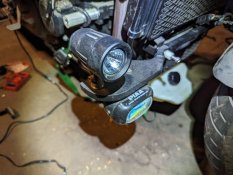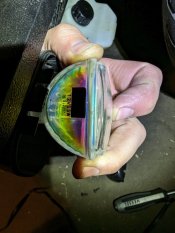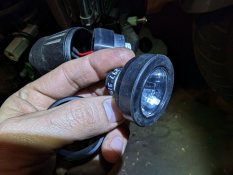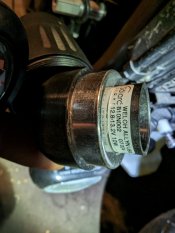hawkdriver
Moped
Coggers - I'm just getting back on my bike after a three year hiatus due to an overseas deployment. Having said that, I've lost a lot of the knowledge you guys shared with me. My question is about a set of FF50s I want to install.
If I understand correctly, if I tapped into my lo beam wire, that would end up powering the relay? If that is correct, that means the relay won't route power to the lights until the starter button has been pressed, correct? If I turn on high beams, would that turn of my lights?
How does, if at all, this differ from installing a switch on the console?
What is the difference if I don't tap into my headlight, just run leads to my fuse block and to a switch on the dash?
TIA for your patience. I've been searching for old posts about this, but not much luck. If you have any links, I'll gladly head to those for some info.
If I understand correctly, if I tapped into my lo beam wire, that would end up powering the relay? If that is correct, that means the relay won't route power to the lights until the starter button has been pressed, correct? If I turn on high beams, would that turn of my lights?
How does, if at all, this differ from installing a switch on the console?
What is the difference if I don't tap into my headlight, just run leads to my fuse block and to a switch on the dash?
TIA for your patience. I've been searching for old posts about this, but not much luck. If you have any links, I'll gladly head to those for some info.





